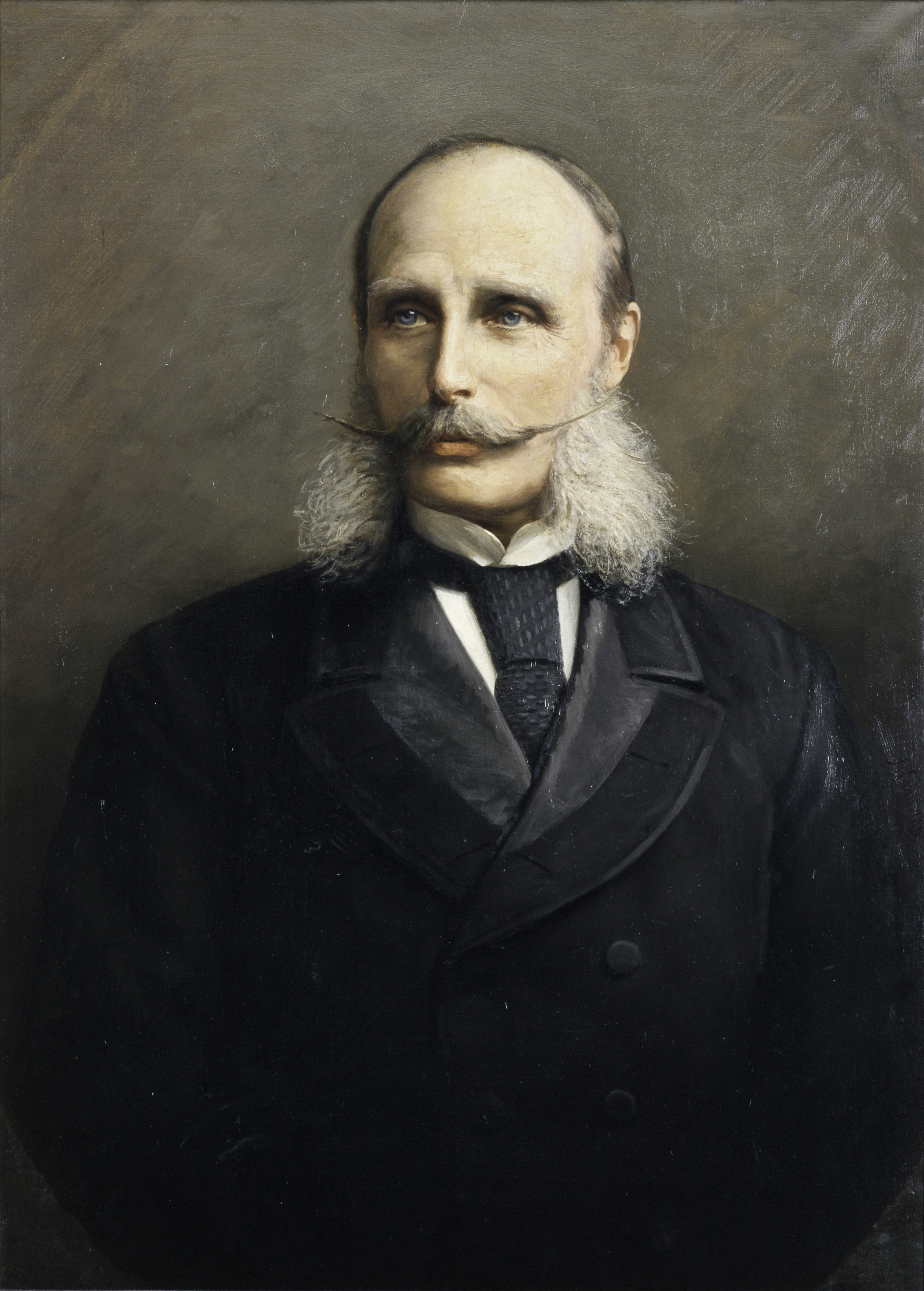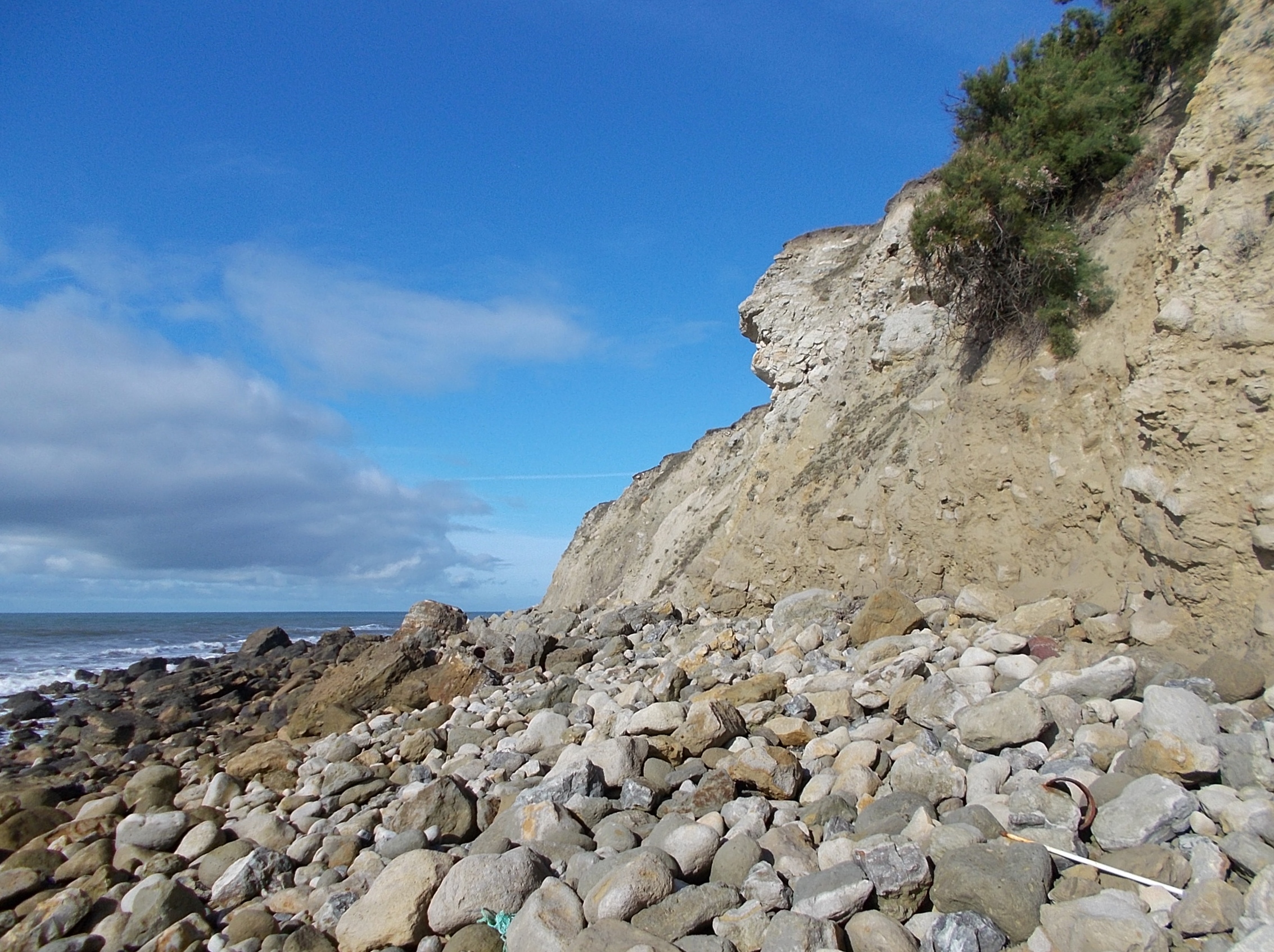|
SS Willem III
SS ''Willem III'' was the lead ship of the Willem III class, and the first ship of the Stoomvaart Maatschappij Nederland (SMN). She was burnt on her maiden trip. Later the wreck was repaired and sailed as ''Quang Se'', ''Glenorchy'' and ''Pina''. Context Steamships for the Suez Canal ''SS Willem III'' was the lead ship of the Willem III class, and the first ship built for Stoomvaart Maatschappij Nederland (SMN). The SMN was founded in May 1870 for the express purpose of establishing a steam shipping line to Java via the Suez Canal, which opened in 1869. This would require steamships of a 'new' type. Before construction of the Suez Canal started in 1859, steamships were not economical in communication with the far east. The basic problem was that steaming the long distance around Cape of Good Hope consumed so much coal that if a ship carried enough coal, it did not have enough cargo space left to make a profit. Coal could be loaded en route, but bunkering took so much time ... [...More Info...] [...Related Items...] OR: [Wikipedia] [Google] [Baidu] |
Netherland Line
The Stoomvaart Maatschappij Nederland ("Netherlands Steamship Company") or SMN, also known as the Netherland Line or Nederland Line, was a Dutch shipping line that operated from 1870 until 1970, when it merged with several other companies to form what would become Royal Nedlloyd.Nedlloyd itself later merged with Peninsular and Oriental Steam Navigation Company (P&O) to become P&O Nedlloyd, now a part of Maersk. The company's motto, ''Semper Mare Navigandum'' ("Always sail the seas"), conveniently fitted the same initials. Foundation Introduction The SMN was founded on May 13, 1870 in Amsterdam for the trade between North Western Europe and the former Dutch East Indies (modern Indonesia) via the newly opened Suez Canal. Construction of the Suez Canal had started on 25 April 1859. Together with the development of steam engines with lower coal consumption (the compound engine), the realization of a suitable canal would make sailing ships obsolete on the passage to the East I ... [...More Info...] [...Related Items...] OR: [Wikipedia] [Google] [Baidu] |
Wight
A wight (Old English: ''wiht'') is a mythical sentient being, often undead. In its original use the word ''wight'' described a living human being, but has come to be used in fictional works in the fantasy genre to describe certain immortal beings. An example of this use occurs in William Morris's translation of the ''Grettis Saga'', where '' haugbui'' is translated as " barrow-wight". Wights also feature in J. R. R. Tolkien's world of Middle-earth, especially in ''The Lord of the Rings'', and in George R. R. Martin's novel series ''A Song of Ice and Fire'' and HBO television series ''Game of Thrones''. Since its 1974 inclusion in the RPG ''Dungeons & Dragons'' (D&D), it has become a recurring form of undead in other fantasy games and mods, such as '' Vampire: The Masquerade''. Examples in classic English literature and poetry * Geoffrey Chaucer : ''The Reeve's Tale'', (1387–1400), line 4236: :: "For leynhad swonken al the longe nyght, :: And seyde, 'Fare weel, Malyne, swe ... [...More Info...] [...Related Items...] OR: [Wikipedia] [Google] [Baidu] |
Admiralty Court
Admiralty courts, also known as maritime courts, are courts exercising jurisdiction over all maritime contracts, torts, injuries, and offences. Admiralty courts in the United Kingdom England and Wales Scotland The Scottish court's earliest records, held in West Register House in Edinburgh, indicate that sittings were a regular event by at least 1556. Judges were styled "Judge Admiral" and received appointment at the hands of the Scottish High Admiral to hear matters affecting the Royal Scots Navy as well as mercantile, privateering and prize money disputes. From 1702 the judge of the court was also authorised to appoint deputies to hear lesser matters or to deputise during his absence. The Scottish court's workload was small until the mid-eighteenth century, with judges hearing no more than four matters in each sitting. After the 1750s the volume of cases rose until by 1790 it was necessary to maintain a daily log of decisions. The growth in caseload was related to increasin ... [...More Info...] [...Related Items...] OR: [Wikipedia] [Google] [Baidu] |
Order Of The Netherlands Lion
The Order of the Netherlands Lion, also known as the Order of the Lion of the Netherlands ( nl, De Orde van de Nederlandse Leeuw, french: L'Ordre du Lion Néerlandais) is a Dutch order of chivalry founded by King William I of the Netherlands on 29 September 1815. The Order of the Netherlands Lion was until recently awarded to eminent individuals from all walks of life, including generals, ministers of the crown, mayors of large towns, professors and leading scientists, industrialists, high-ranking civil servants, presiding judges and renowned artists. Since 1980 the Order has been primarily used to recognise merit in the arts, science, sport and literature; others are awarded the Order of Orange-Nassau. Appointment to the grade of Commander (see below) is very rare (Nobel Prizewinners; the conductor Bernard Haitink towards the end of his life, and the dancer and choreographer Hans van Manen, for example). The Order ranks after the Military William Order, which is only awarded for ... [...More Info...] [...Related Items...] OR: [Wikipedia] [Google] [Baidu] |
Fireboat
A fireboat or fire-float is a specialized watercraft with pumps and nozzles designed for fighting shoreline and shipboard fires. The first fireboats, dating to the late 18th century, were tugboats, retrofitted with firefighting equipment. Older designs derived from tugboats and modern fireboats more closely resembling seafaring ships can both be found in service today. Some departments would give their multi-purpose craft the title of "fireboat" also. They are frequently used for fighting fires on docks and shore side warehouses as they can directly attack fires in the supporting underpinnings of these structures. They also have an effectively unlimited supply of water available, pumping directly from below the hull. Fireboats can be used to assist shore-based firefighters when other water is in low supply or is unavailable, for example, due to earthquake breakage of water mains, as happened in San Francisco due to the 1989 Loma Prieta earthquake. Some modern firebo ... [...More Info...] [...Related Items...] OR: [Wikipedia] [Google] [Baidu] |
St Catherine's Point
St Catherine's Point is the southernmost point on the Isle of Wight. It is close to the village of Niton and the point where the Back of the Wight changes to the Undercliff of Ventnor. On nearby St Catherine's Down is St Catherine's Oratory, locally known as the "Pepperpot", a stone lighthouse built in the 1323 by Walter De Godeton. It is Britain's oldest medieval lighthouse. Reportedly, de Godeton felt guilty for having scavenged wine, destined for a monasteryJ.C Medland "Shipwrecks of the Wight".Coach House Publications ltd, 2004 from the wreck of the ''St Marie'' of Bayonne in Chale Bay. He was ordered, on pain of excommunication, to make amends by building this lighthouse. Fires were lit in the lighthouse tower to warn ships at sea of the presence of the coast. There was an attached chapel at one time, but it has been long demolished. There is a Bronze Age barrow nearby which was excavated in the 1920s. A replacement lighthouse was begun in 1785. However it was never comple ... [...More Info...] [...Related Items...] OR: [Wikipedia] [Google] [Baidu] |
Galiot
A galiot, galliot or galiote, was a small galley boat propelled by sail or oars. There are three different types of naval galiots that sailed on different seas. A ''galiote'' was a type of French flat-bottom river boat or barge and also a flat-bottomed boat with a simple sail for transporting wine. Naval vessels * Mediterranean, (16th–17th centuries) : Historically, a galiot was a type of ship with oars, also known as a half-galley, then, from the 17th century forward, a ship with sails and oars. As used by the Barbary pirates against the Republic of Venice, a galiot had two masts and about 16 pairs of oars. Warships of the type typically carried between two and ten cannons of small caliber, and between 50 and 150 men. It was a Barbary galiot, captained by Barbarossa I, that captured two Papal vessels in 1504. * North Sea (17th–19th centuries) : A galiot was a type of Dutch or German merchant ship of 20 to 400 tons ( bm), similar to a ketch, with a rounded fore and aft like ... [...More Info...] [...Related Items...] OR: [Wikipedia] [Google] [Baidu] |
Schooner
A schooner () is a type of sailing vessel defined by its rig: fore-and-aft rigged on all of two or more masts and, in the case of a two-masted schooner, the foremast generally being shorter than the mainmast. A common variant, the topsail schooner also has a square topsail on the foremast, to which may be added a topgallant. Differing definitions leave uncertain whether the addition of a fore course would make such a vessel a brigantine. Many schooners are gaff-rigged, but other examples include Bermuda rig and the staysail schooner. The origins of schooner rigged vessels is obscure, but there is good evidence of them from the early 17th century in paintings by Dutch marine artists. The name "schooner" first appeared in eastern North America in the early 1700s. The name may be related to a Scots word meaning to skip over water, or to skip stones. The schooner rig was used in vessels with a wide range of purposes. On a fast hull, good ability to windward was useful for priv ... [...More Info...] [...Related Items...] OR: [Wikipedia] [Google] [Baidu] |
Trinity House
"Three In One" , formation = , founding_location = Deptford, London, England , status = Royal Charter corporation and registered charity , purpose = Maintenance of lighthouses, buoys and beacons , headquarters = Trinity House, Tower Hill, London, England , region = , membership = , leader_title = Master , leader_name = Anne, Princess Royal , leader_title2 = Deputy Master , leader_name2 = Captain Ian McNaught , revenue = £38,405,000 (2020) , expenses = £46,801,000 (2020) , staff = 312 (2020) , website trinityhouse.co.uk The Corporation of Trinity House of Deptford Strond, also known as Trinity House (and formally as The Master, Wardens and Assistants of the Guild Fraternity or Brotherhood of the most glorious and undivided Trinity and of St Clement in the Parish of Deptford Strond in the County of Kent), is the offi ... [...More Info...] [...Related Items...] OR: [Wikipedia] [Google] [Baidu] |
Cutter (boat)
A cutter is a type of watercraft. The term has several meanings. It can apply to the rig (or sailplan) of a sailing vessel (but with regional differences in definition), to a governmental enforcement agency vessel (such as a coast guard or border force cutter), to a type of ship's boat which can be used under sail or oars, or, historically, to a type of fast-sailing vessel introduced in the 18th century, some of which were used as small warships. As a sailing rig, a cutter is a single-masted boat, with two or more headsails. On the eastern side of the Atlantic, the two headsails on a single mast is the fullest extent of the modern definition. In U.S. waters, a greater level of complexity applies, with the placement of the mast and the rigging details of the bowsprit taken into account so a boat with two headsails may be classed as a sloop. Government agencies use the term "cutter" for vessels employed in patrolling their territorial waters and other enforcement activities. Th ... [...More Info...] [...Related Items...] OR: [Wikipedia] [Google] [Baidu] |







